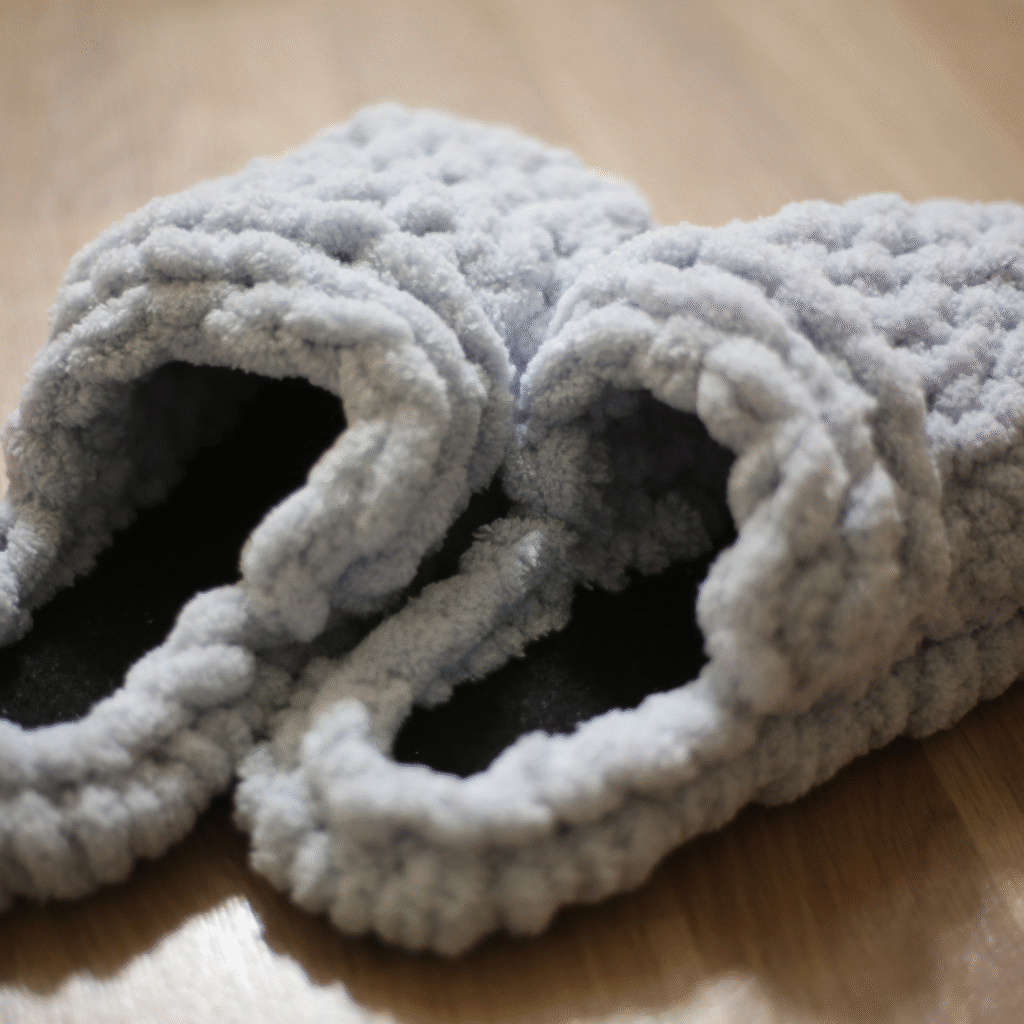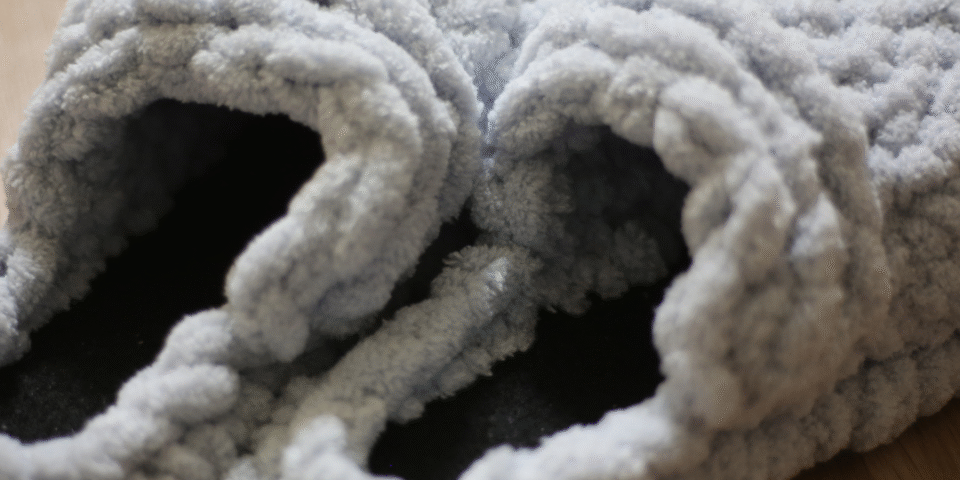The moment you slip your feet into a pair of wool slippers, you understand the hype. It’s an experience that transcends simple footwear—it’s a little act of self-care, a return to nature’s most perfect fiber, and an embrace of time-honored craftsmanship. As a dedicated fiber artist and handicraft blogger, I’ve spent countless hours with wool, and I can tell you that for slippers, no material comes close. These cozy house shoes aren’t just for winter; they are a marvel of natural engineering that offers unparalleled comfort and sustainability year-round. Let’s delve deep into the world of wool slippers, exploring their rich history, astonishing benefits, and the beautiful craft behind them.
A Timeless Fiber: The History of Felted Footwear
The story of the wool slipper is far older than you might think. Before knitting and weaving became common, felting was one of the earliest methods of creating textiles, dating back to nomadic tribes in Central Asia. Archaeological finds in the Altai Mountains show felted items from as far back as the 4th century BC. Felt, the dense, non-woven fabric most often used in modern wool slippers, is created by combining natural wool fibers with moisture, heat, and friction. This process causes the microscopic scales on the wool fibers to lock together, creating a material that is incredibly durable, warm, and seamlessly shaped.
Throughout Eurasia and Scandinavia, felted wool footwear was essential for survival in harsh climates. From the valenki boots of Russia, designed to withstand extreme cold, to the Finnish huopikkaat, these ancient traditions laid the groundwork for the modern, cozy slippers we love today. This enduring craft is a testament to wool’s fundamental strength and versatility.

The Undeniable Benefits of Wool: More Than Just Warmth
When people think of wool, they often think of warmth—and while that’s true, it’s only scratching the surface of the benefits that make wool slippers superior house shoes. Wool boasts a range of natural properties that synthetic materials simply cannot replicate, making it an ideal choice for foot health and comfort.
1. Natural Thermoregulation
This is perhaps wool’s greatest superpower. Virgin wool, particularly the fine fibres found in Merino, creates millions of tiny air pockets. These pockets act as a natural insulating layer, regulating temperature far better than any synthetic foam. This means your feet stay warm in the winter without overheating, and surprisingly, they stay comfortably cool in the summer. Wool’s fibers can adapt to temperature changes, ensuring an ideal foot climate regardless of the season—a true year-round luxury.
2. Moisture-Wicking and Breathability
Ever notice how some slippers leave your feet uncomfortably sweaty? That won’t happen with high-quality wool slippers. Wool is highly breathable and has an exceptional ability to absorb moisture—up to 30% of its own weight—without feeling damp. It pulls sweat away from your skin, allowing it to evaporate. This keeps your feet dry, preventing that clammy feeling and drastically reducing the environment where odor-causing bacteria thrive.
3. Odor Resistance
Thanks to its natural composition, wool is inherently antimicrobial. The keratin protein in wool fibers naturally neutralizes odor-causing bacteria. This is a massive advantage; it means your wool slippers stay fresher longer and require far less frequent washing than cotton or synthetic alternatives. A simple airing out is often all they need to feel refreshed.
4. Sustainability and Durability
Wool is a natural, renewable, and biodegradable fiber. Sheep are shorn annually for their comfort, and the fleece, when it reaches the end of its long life, returns to the earth without leaving a toxic footprint. Furthermore, the natural elasticity of the wool fiber means that your slippers will gently mold to the unique contours of your foot over time, retaining their shape and providing long-lasting, tailored comfort. They are an investment that pays dividends in comfort for years.
A Fiber Artist’s Perspective: The Types of Wool
Not all wool is created equal, especially when it comes to the heavenly softness required for a luxurious slipper. As a professional, I look for specific characteristics in the fiber:
- Merino Wool: Often considered the gold standard, Merino wool is incredibly fine, soft, and breathable. It’s excellent for next-to-skin contact, making it a common choice for high-end, comfortable slippers. Its fineness prevents the scratchiness sometimes associated with coarser wools.
- Lambswool: This is the first shearing from a young sheep (around seven months old). It’s exceptionally soft, smooth, and resilient, and is often the most hypoallergenic of sheep’s wools. It’s perfect for the inner layer of a slipper for maximum softness.
- Alpaca Wool: While not technically from a sheep, alpaca fiber is a highly prized wool often used for premium slippers. It is even warmer, lighter, and softer than many sheep’s wools, and it’s naturally hypoallergenic because it lacks lanolin.
The choice of fiber dictates the final feel. Traditional felted slippers often use a combination of wools to achieve the perfect balance of structure, durability, and comfort. This careful selection is part of the art!
Crafting Your Own Comfort: The Magic of Wet Felting
The most beautiful and durable wool slippers are often made using the wet felting technique. This craft is both meditative and physically rewarding, transforming fluffy wool roving into a dense, solid fabric.
The process begins with layering raw wool roving or batts around a pre-made resist (a template, usually a flexible material like plastic, cut to a size about 30-40% larger than the finished slipper). The layers are placed in alternating directions to ensure strength. Then, warm, soapy water is applied, and the slow process of agitation begins. Gentle rubbing and pressing encourages the fibers to tangle and lock. Over time, as the work progresses, the wool shrinks and hardens, a process called “fulling,” until it has shrunk perfectly to the size of the foot pattern.
It takes practice to master the perfect shrinkage rate and achieve a beautifully uniform density. Many artisans will add non-slip suede or rubber soles by hand-stitching them onto the felted body for increased durability and traction—especially important on hard-surface floors. Creating your own pair of felted slippers is an incredibly rewarding handicraft project. If you’re inspired to start your own textile journey, you might find some excellent materials and patterns on sites that focus on natural fiber crafts. For instance, for inspiration on how to use luxury natural fibers in your home projects, take a look at the beautiful textures and techniques featured on free patterns.
Maintaining Your Wool Slippers: A Simple Guide
The ease of care is another reason to adore wool slippers. Due to their natural dirt and odor-repelling properties, they don’t need to be washed often.
Daily Care
- Air it Out: The best way to refresh your slippers is to simply let them air out. Wool releases absorbed moisture into the air easily, which helps them self-clean.
- Remove Shedding: Especially with new, felted slippers, you might notice some fiber shedding for the first few weeks. This is normal and is just the excess fiber working its way out. You can simply pluck or snip away these stray fibers.
Deep Cleaning
- Hand Wash is Best: If a deep clean is necessary, hand-washing is generally the safest bet, especially for felted styles. Use lukewarm water and a gentle, wool-specific detergent. Avoid harsh agitation, which can cause further unnecessary felting and shrinking. Gently press the water through the slippers, rinse well, and press out excess water with a towel.
- Reshape and Air Dry: Never put wool in a tumble dryer. Place the wet slippers on your feet for a moment to reshape them perfectly to your foot, then stuff them with a clean towel or paper to help them hold their shape as they air dry. Keep them away from direct, intense heat or sunlight.
Wool slippers are far more than a simple household item; they are a cozy commitment to natural comfort, sustainable living, and the beautiful heritage of fiber arts. They are the perfect little piece of luxurious hygge for your home. When you choose a pair, you’re not just buying a slipper—you’re investing in your comfort, your health, and a timeless craft.
Do you have a favorite type of wool fiber, or a story about a beloved pair of handmade slippers? I’d love to hear about it!
You can find FREE patterns here.

